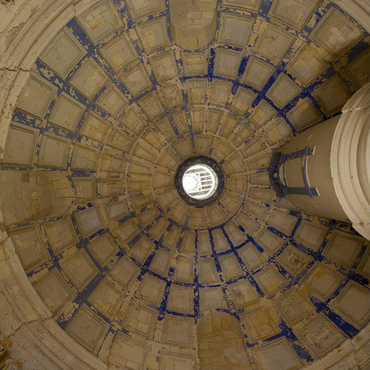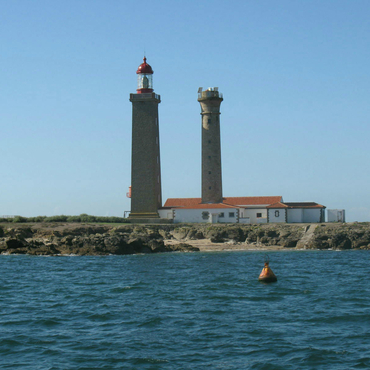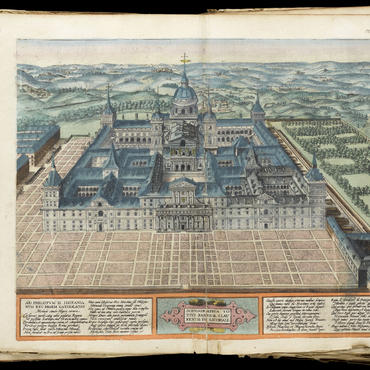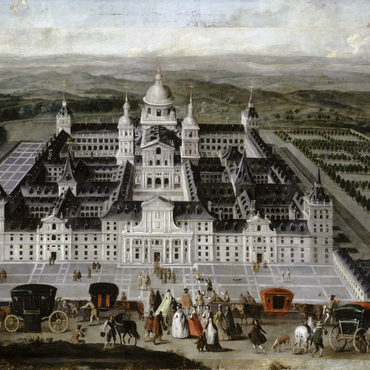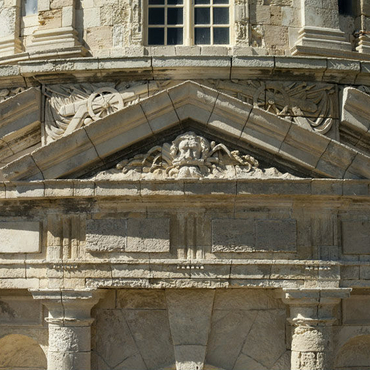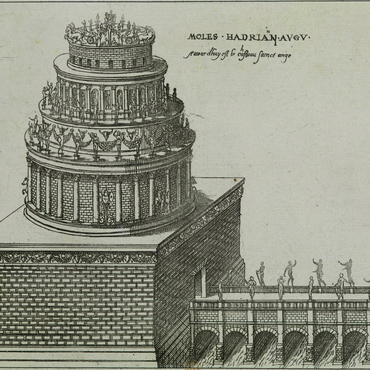
- Home
- A Renaissance monument
- A royal tower
- Cordouan and the architecture of its time
The Cordouan lighthouse stands alone in the history of Renaissance architecture. Art historian Jean Guillaume, who has studied it, demonstrated that its architecture was not purely a product of the French tastes of the period. Even though the placement of the various animated vertical forms (dormer windows topped with pinnacles and above, the lantern) is in the French tradition, the monumental appearance of the ground and first floors is reminiscent of contemporary structures in Spain and Italy. The monumental design of the lighthouse, the powerful handling of the exterior décor and the ornamentation of the chapel drew some of their inspiration from the dome of El Escorial in Spain, the façade of the Church of the Gesu in Rome and the ornaments on Michelangelo's Porta Pia. An engineer by training, Louis de Foix had met important Italian and Spanish architects at the construction site of El Escorial in 1563, which provided him with a cultural experience different from those of other French architects of his time.

